Volvo Ocean Race: The fear is real
Published on March 26th, 2018
Volvo Ocean Race onboard reporter Sam Greenfield shares a view of life on skipper Dee Caffari’s Turn the Tide on Plastic as the team navigates the deep south toward Cape Horn:
0621 UTC – Monday, March 26 2018
Sea Temp: 4.2 degrees C
Air Temp: 3.5 degrees C
Windspeed: 37-45 kts
Boatspeed: 30+ kts
Long: 109.796W
Lat: 55.507S
Well, it’s all a waiting game now. I don’t know what’s going to happen tonight, on what’s meant to be the most furious night of this leg, but if I’m physically not on the boat when the team arrives in Itajai let this blog serve as an explanation why – and a lesson to anyone who ever sails with Dee Caffari.
I’ll set the scene. Picture survival suit conditions on deck. The most brutal night of this Volvo Ocean Race. The sun has just set but even in the daylight everyone on deck had lost feeling of their hands through their 3mm wetsuit gloves. Their feet are like blocks inside of their ocean boots. Every wave of water over the deck is cold enough to rob you of your breath and wits.
I’m watching all of this unfold from the warmth of the hatch while boiling water for my dinner. Let’s be realistic. I may have a few screws loose in my head to be out here, but not enough to do what these sailors do – namely stand under a frozen firehouse in 40 knots of wind-chill for four hours at a time. In the dark. I’m happy to document it though. Their mental strength is next level.
Bianca crawls inside, dripping everywhere. She sees that I have the kettle on and in the meekest, cold-stripped voice asks if I’ll make some hot drinks for the crew on deck. Of course! You want two hot chocolates and a tea? Coming right up. Dinner can wait a little.
I spring to action. The wind is building and we’re deep at 55 degrees South, on standby to gybe in the direction of Cape Horn. As the breeze climbs above 40 knots the rig hums like the evil wind in a horror move and the boat begins screaming down waves at breakneck speeds.
The term is literal – the sailors sleep feet forward in their bunks so not to break their necks on the bulkheads when the boat buries into a wave and comes to a sudden halt.
I’m in my element monkeying around the galley trying not to thrown to the floor. Everything is done with one hand white knuckle grasping a handhold. Fill the kettle with water. The burner is out of gas. I find a replacement. It’s the wrong fit. It falls off and down into the bilge. I climb down and retrieve. Climb up. Find another canister in the stack. This one fits. The burner is wet. Find the lighter. It’s in a sealed bag. Light burner. Put lighter back. Everything smells like old cheese. The galley is pitch black except for the red glow of my headlamp.
All of this takes about 15 minutes – you have to move so slowly. Eventually I find two mugs. And then a third, on which is clearly written in black marker over glow in the dark tape: Dee.
It smells strongly of honey as I rinse it out and half fill with chocolate powder.
Drinks are delivered and crew is temporarily happy. OBR has done a solid.
Or maybe just sealed his fate.
An hour later we’ve gybed and I’m about to finally grab my dinner. It’s just Liz and me at the sink. She’s injured her arm and isn’t much use on deck. Lucky for me she’s about to save my life.
“Did you put hot chocolate in Dee’s mug?” She’s holding it in her good hand having just grabbed the empties from the crew on deck. She looks at me as though I’ve committed a capital offense. I stammer and confess. I can see pity in her eyes and it’s then I know that I’ve really screwed it. There’s no justice system out here. Just Dee.
“We need to sterilize this now or you’re so dead. Actually, Sam. Dead.”
The fear is real.
So there at the galley, in 40+ knots racing down waves in the middle of the Southern Ocean, Liz and I frantically sanitized Dee’s mug and lid with the last of the dish soap and boiling water.
We clean it more thoroughly than a Bosch because, apparently, hell hath no fury like a Dee who tastes chocolate in her tea.
An hour later Liz is sitting next to me at the nav station. She’s holding Dee’s mug.
“I’ve let the bag stew in it for about half an hour to eliminate any odors of chocolate. All to save your ass.”
“What do you reckon would happen if she found out?” I ask.
“She would have given you the look, man. The look. She might not have spoken to you for a while as she would have never drunk out of the cup again.”
So that’s what happened tonight. As I write this Dee and Liz are sitting at the nav desk just feet away. Liz and I have this dirty secret and Dee is drinking out of her mug. Oblivious.
We did a great job and nothing is furious except for the fifties.
And to keep it that way I’m asking that you, the reader, please don’t email or mention this to Dee until I’m safely ashore in Brazil, or ideally offshore on the next leg.
COURSE: Starting on March 18, Leg 7 takes the teams from Auckland, New Zealand to Itajaí, Brazil. Race organizers choose to estimate the tactical distance for each leg rather than list the actual distance, an unusual decision that’s revealed once the race starts and the tracker lists the actual distance to finish. The VOR says Leg 7 is 7600 nm whereas the truth is more like 6623 nm with an ETA in Itajaí between April 4 and 6.
For crew lists … click here.
Race details – Tracker – Scoreboard – Race route – Facebook – YouTube
2017-18 Edition: Entered Teams – Skippers
• Team AkzoNobel (NED), Simeon Tienpont (NED)
• Dongfeng Race Team (CHN), Charles Caudrelier (FRA)
• MAPFRE (ESP), Xabi Fernández (ESP)
• Vestas 11th Hour Racing (DEN/USA), Charlie Enright (USA)
• Team Sun Hung Kai/Scallywag (HKG), David Witt (AUS)
• Turn the Tide on Plastic (POR), Dee Caffari (GBR)
• Team Brunel (NED), Bouwe Bekking (NED)
Background: Racing the one design Volvo Ocean 65, the 2017-18 Volvo Ocean Race begins in Alicante, Spain on October 22 2017 with the final finish in The Hague, Netherlands on June 30 2018. In total, the 11-leg race will visit 12 cities in six continents: Alicante, Lisbon, Cape Town, Melbourne, Hong Kong, Guangzhou, Auckland, Itajaí, Newport, Cardiff, Gothenburg, and The Hague. A maximum of eight teams will compete.
Source: Volvo Ocean Race


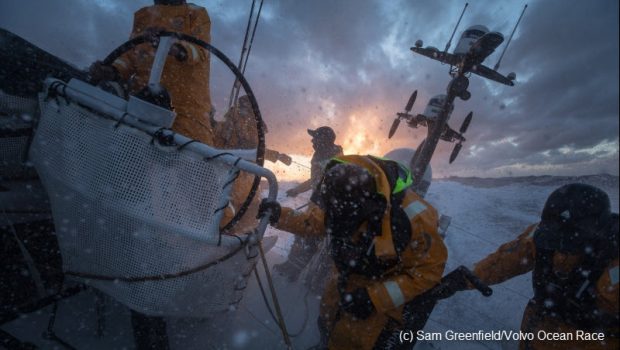

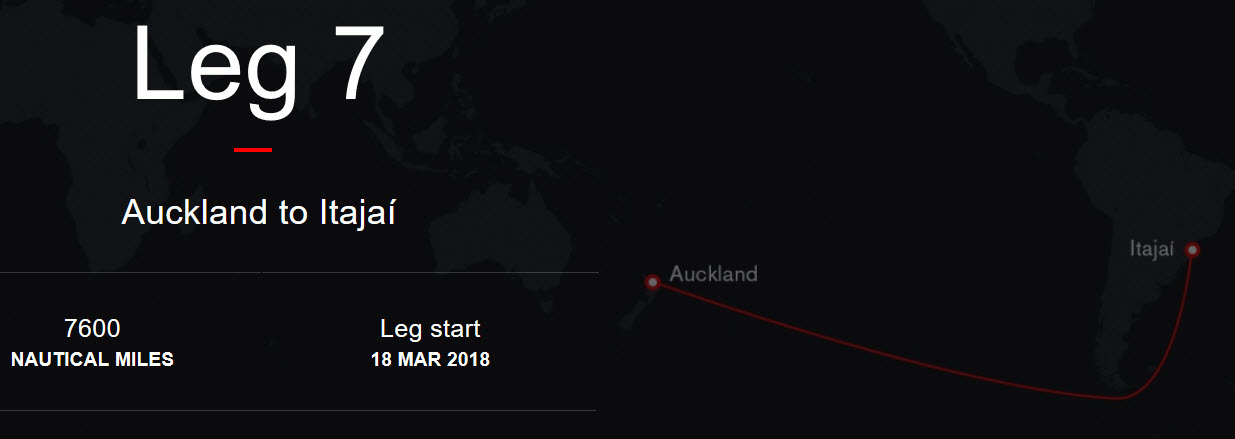
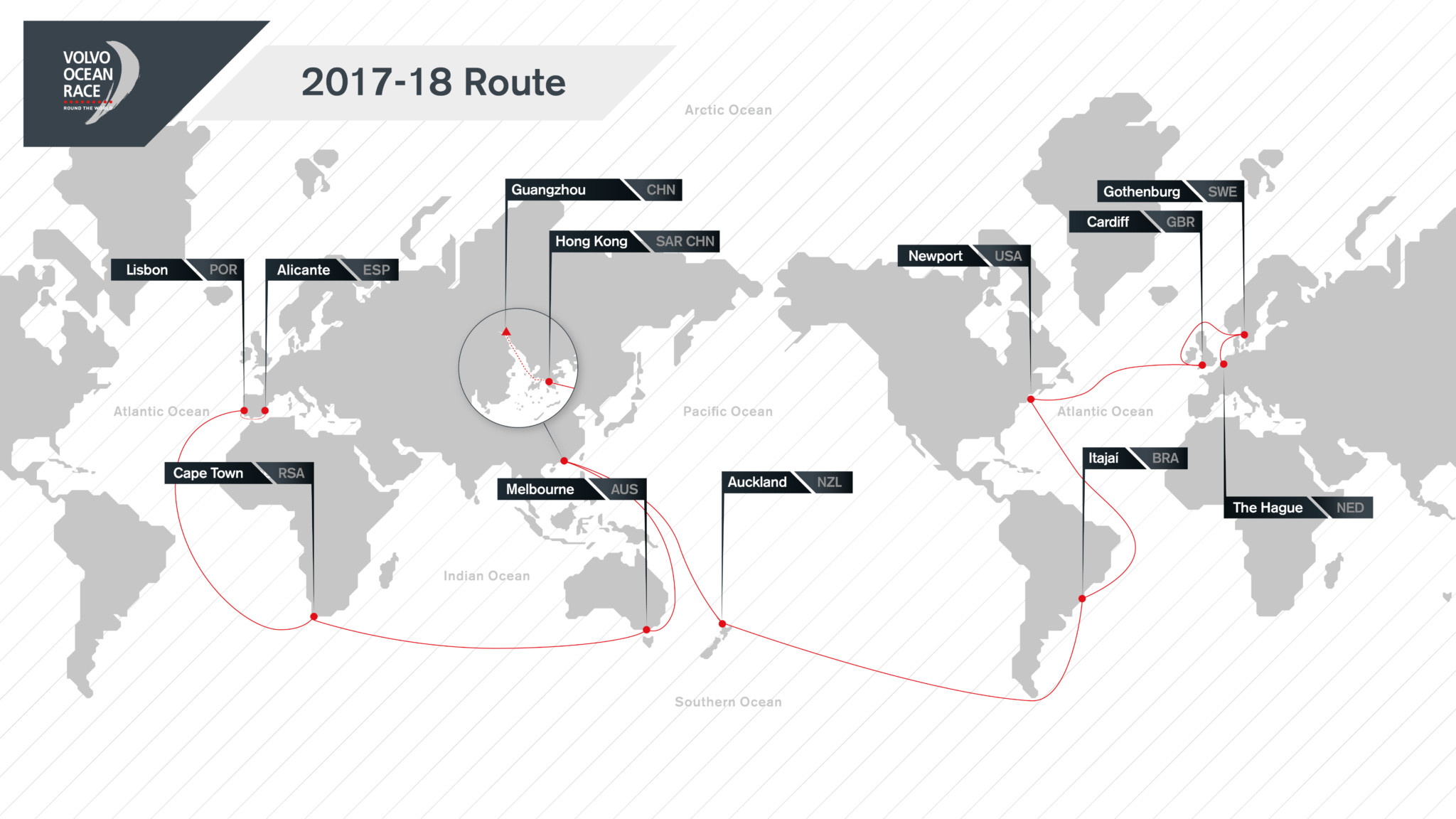

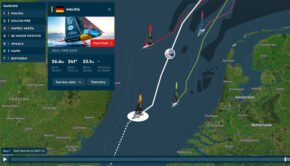
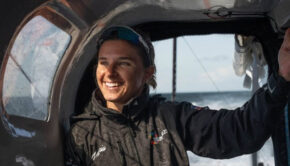
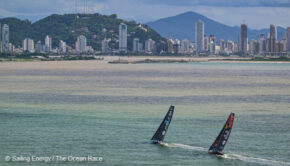
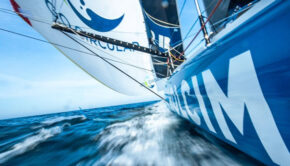
 We’ll keep your information safe.
We’ll keep your information safe.